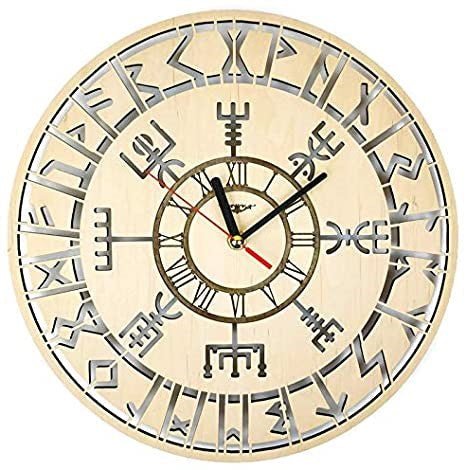
Calendars are probably one of the best ways to look at how historic peoples imagined ‘time’ and how they used numbers to describe it. It also lets us get a peek at just how high a number system might go, looking at how days, month, and years are counted through an age. The Vikings are no different, and used “numbers” to describe time, but again, only as they saw it in the natural world.
If you have ever seen a Viking calendar, you may assume that all the cool symbols are numbers, but you would be wrong. For the early Vikings, they did record days, weeks, years, and even annotate holidays and solstices, but they didn’t use any math to do it. They used ‘letters,’ which makes it a bit difficult to interpret, as we look back.
You’d expect that with as much emphasis as the Vikings put on power hidden within their runes, that they would take a lot of care in deciding which runes would stand for which days on the calendar, but they really didn’t. Each day had its own name, of course. Frigadaggr, or Fraya’s Day has become our modern ‘Friday’. Thor’s Day has evolved into ‘Thursday’ as we know it now, etc., but as far as how the days are counted in time, despite having specific gods honored by each calendar day, days themselves were merely numbered with the first 7 runes in the Elder Futhark alphabet. No matter how many days were being counted, they just repeated 1-7 over and over and over, repeating the pattern of: “ᚠ ᚢ ᚦ ᚨ ᚱ ᚲ”.